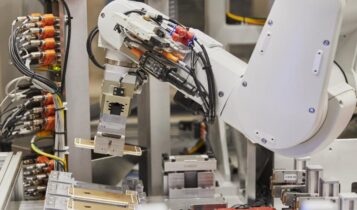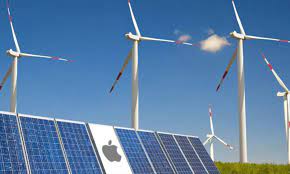The Apple company recently exhibited its “Environmental Progress Report 2022“, where it emphasized the operation of the Daisy robot in the recycling of 14 different minerals, including lithium, which has allowed it to expand the essential use in the creation of its products.
Daisy began its operations in the company in 2018. This robot is a set of machinery responsible for “automatically separating the parts of the iPhone to recycle them more easily.”

The robot measures approximately 20 meters where old iPhones pass, even unarmed. Apple’s specialized publication, Applesfera, explained that during this process the “batteries, screws and haptic motor among other objects” are disassembled.
After separating the pieces, those components that are recyclable are moved to another place where “minerals are extracted, refined and reused.”
According to the information provided, Daisy can break 200 iPhones in an hour, that is, 20 seconds per device. It currently has the ability to isolate 23 smartphone models of the brand.
The report presented by the company indicates that 59 % of the aluminum used by Apple in 2021 in its products came from recycled sources, and 100 % of the aluminum contained in the casing of most phones was recycled.
Apple drives clean energy
Apple has been using recycled lithium, tin, cobalt and rare earths in its devices for years with the aim of “saving costs and preventing further damage to the environment.”
Apple’s vice president of the environment, Lisa Jackson, indicated that for the company the most important thing is to comply with the environment. “We are making real progress in our work to address the climate crisis and one day make our products without taking anything from the land.”

According to Jackson, the company’s advanced pace of work and innovation helps work teams “use today’s products to build tomorrow’s, and as our global supply chain transitions to clean energy, we are charting a path for other companies to follow.”
The company also pointed out in its report that it made significant progress towards its goal of eliminating plastic in its packaging by 2025.
Since 2015, the company has reduced the use of plastic in its packaging by 75 %. In 2021, plastic only represented 4 % in packaging.
M. Rodríguez
Source: fayerwayer.com


